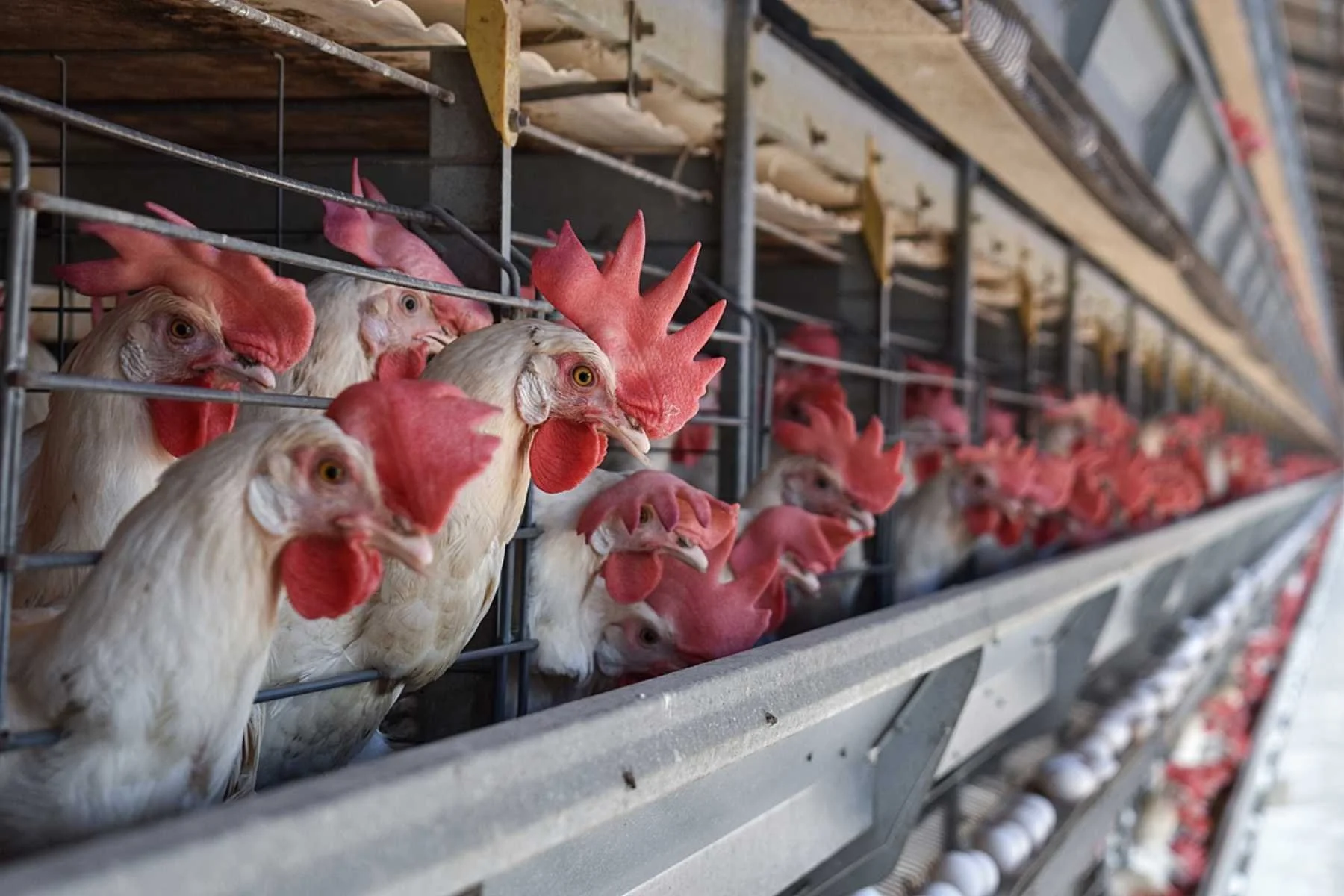Artificial Intelligence Tool Could Help Combat the Illegal Tiger Trade
As tiger stripes are as unique as human fingerprints, this groundbreaking database storing stripe profiles could aid the authorities working to dismantle the illegal wildlife trade.
Poachers and criminal organizations continue to push tigers to the edge of extinction, but a powerful, cutting-edge technology is helping officials in their fight to save the species.
When authorities seize live tigers, skins, or carcasses from the illegal wildlife trafficking trade, establishing where they came from is a major challenge. But, similar to a human fingerprint, every tiger has a unique stripe pattern that can be used to identify them.
A forensics lab in Thailand is building a database that will store up to 2,000 images of tiger stripe profiles. This tiger stripe detection tool, developed by the Environmental Investigation Agency (EIA), will use artificial intelligence to identify individual tigers and skins seized from the illegal wildlife trade. Knowing the origins of confiscated tiger products can help determine whether the animal was poached from a protected area or farmed.
“By helping investigators and enforcement authorities to expose the origin of many of the tigers and their product ending up in the black market, this will help counter trade in tigers and tiger skins and will inform enforcement efforts around the world,” said Debbie Banks, EIA’s Tiger and Wildlife Crime Campaign Leader.
The images providing the tiger stripe profiles will be secured from multiple sources, including photographers, open-source media platforms, live captive tiger investigations, seized specimens, and items advertised for sale.
EIA already has a database of 158 unique individual tiger skins, sourced from previous skins seized from the trade and following encounters with traders in physical markets and online. By incorporating AI, images can be cross-referenced to manage duplicate images or skins, highlighting patterns of interest for law enforcement officers. AI also helps to remove costs and reduce the time spent looking for the required photos and identifying individual tigers.
Credit: EIA
The tiger stripe detection tool is supported by the Alan Turing Institute, the United Kingdom’s national institute for data science and artificial intelligence named after the British mathematician famous for his achievements in computer science and code-breaking.
Fittingly, Turing also first suggested the recently-proven theory of how the tiger got its stripes: repetitive biological patterns are generated by a pair of morphogens - the signaling molecules that govern tissue development - that work together as an ‘activator’ and ‘inhibitor’. He predicted that the activator would create the dark stripes, but the interaction with the inhibitor would shut down its expression, resulting in a blank space. This reaction would then reverse to generate the next stripe.
Why it matters
Tiger Campaign’s project to develop a tiger stripe detection AI tool comes at a crucial time, with less than 4,000 tigers remaining in the wild. Tigers are closer to extinction than any other big cat, with the species considered extinct in Laos, Cambodia, and Vietnam.
Meanwhile, more than 8,000 tigers are confined in captivity across China, Thailand, Laos, Vietnam, and South Africa, according to EIA, where they are farmed and trafficked for their parts. Some operate under the guise of tourism and are marketed as zoos, conservation centers, and entertainment attractions.
Demand for decorative items such as pelt rugs, wine or medicinal paste made from ground tiger bone or whole cubs, and status jewelry crafted from teeth and claws, continue to threaten and painfully exploit these animals.
Dead tiger cubs offered for sale on WeChat by Vietnamese traders and, right, the end product, tiger cub wine. Credit: EIA
Experts say that captive breeding does nothing to protect wild tiger populations, instead, it perpetuates the demand for tiger products, acting as a cover for illegal trade, and undermining enforcement efforts. Since 2000, more than 2,940 tigers have been seized in trade - the majority originated from the wild.
Just last month, investigators revealed that ‘criminal-run’ tiger and bear breeding farms in Laos have expanded, doubling the number of captive animals being held in prison-like, concrete cages. Covert drone footage showed at least 70 tigers pacing in factory-farm-like conditions, despite the government of Laos’ promise to close down these kinds of facilities.
Captive tiger in the GTSEZ, December 2021. Credit: EIA
Did you know that the United States has the largest captive tiger population in the world? Most of these tigers live in cages in private homes, backyards, garages, or in cages in roadside zoos. Learn more with our podcast episode: S3. E6: Sharon Guynup: The United States Has A Tiger Problem here.
We Have A Favor To Ask…
Species Unite amplifies well-researched solutions to some of the most abusive animal industries operating today.
At this crucial moment, with worldwide momentum for change building, it’s vital we share these animal-free solutions with the world - and we need your help.
We’re a nonprofit, and so to keep sharing these solutions, we’re relying on you - with your support, we can continue our essential work in growing a powerful community of animal advocates this year.
More stories:
Species Unite
A collection of stories of those who fight the good fight on behalf of animals.







Leather, wool, feathers: even if they were by-products, would that make a difference?